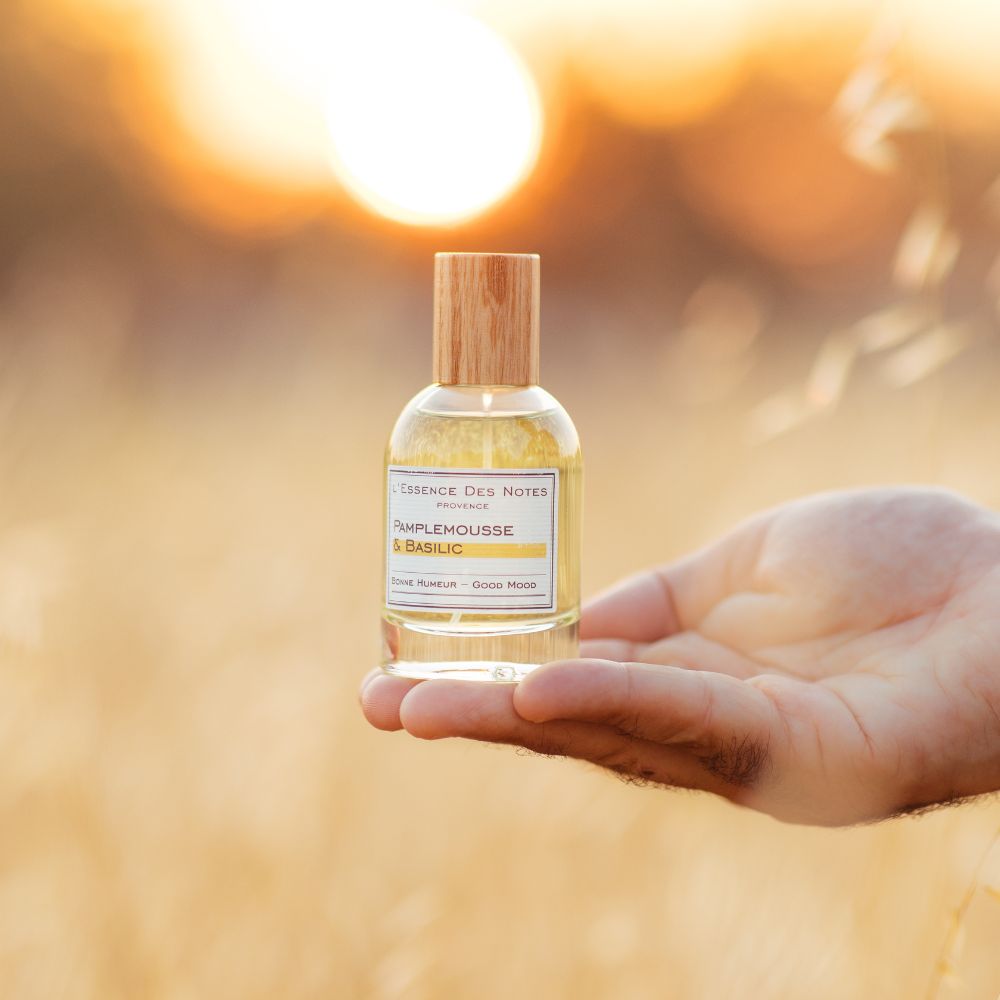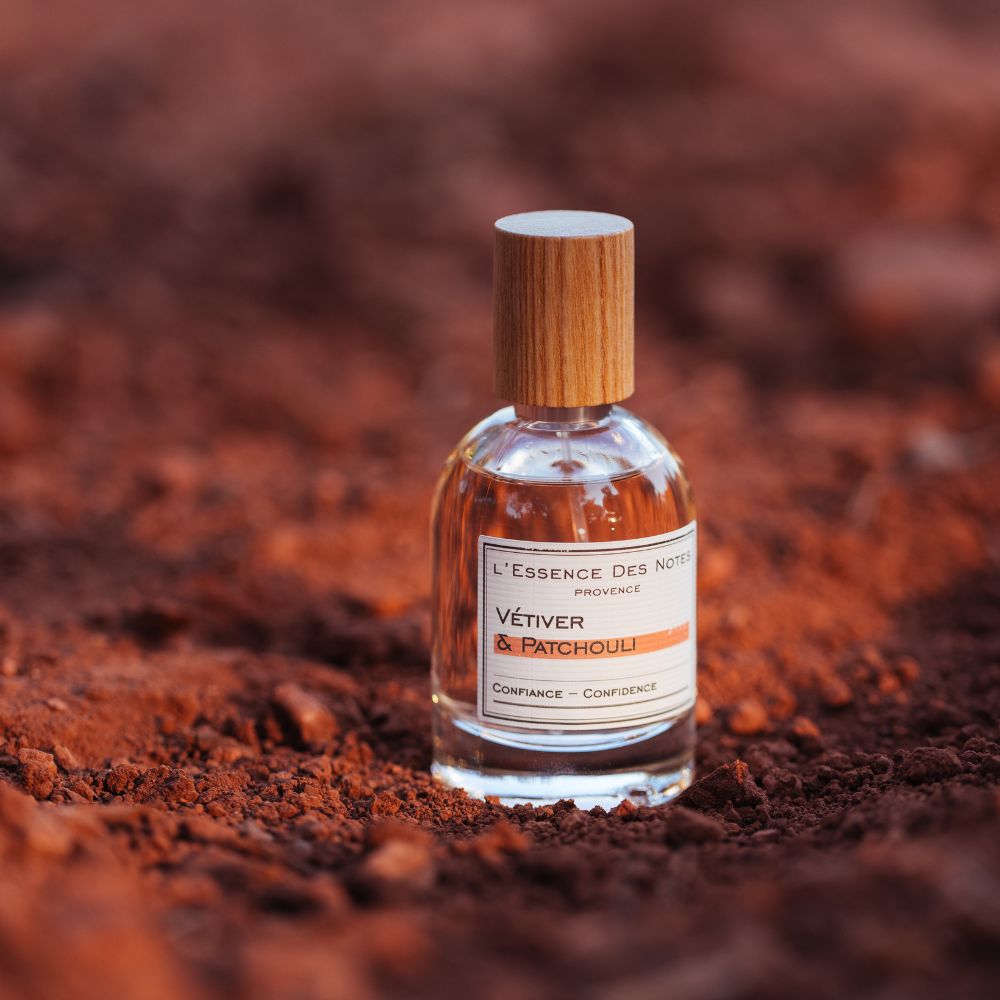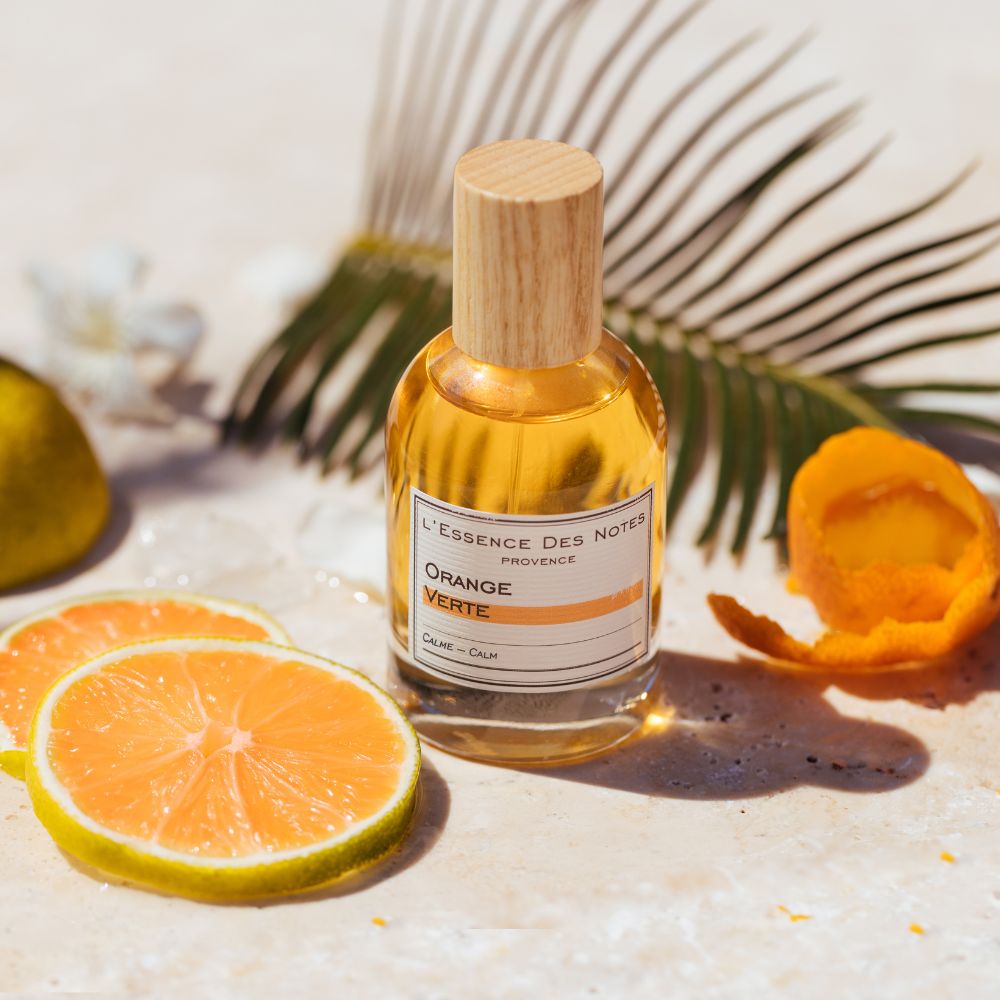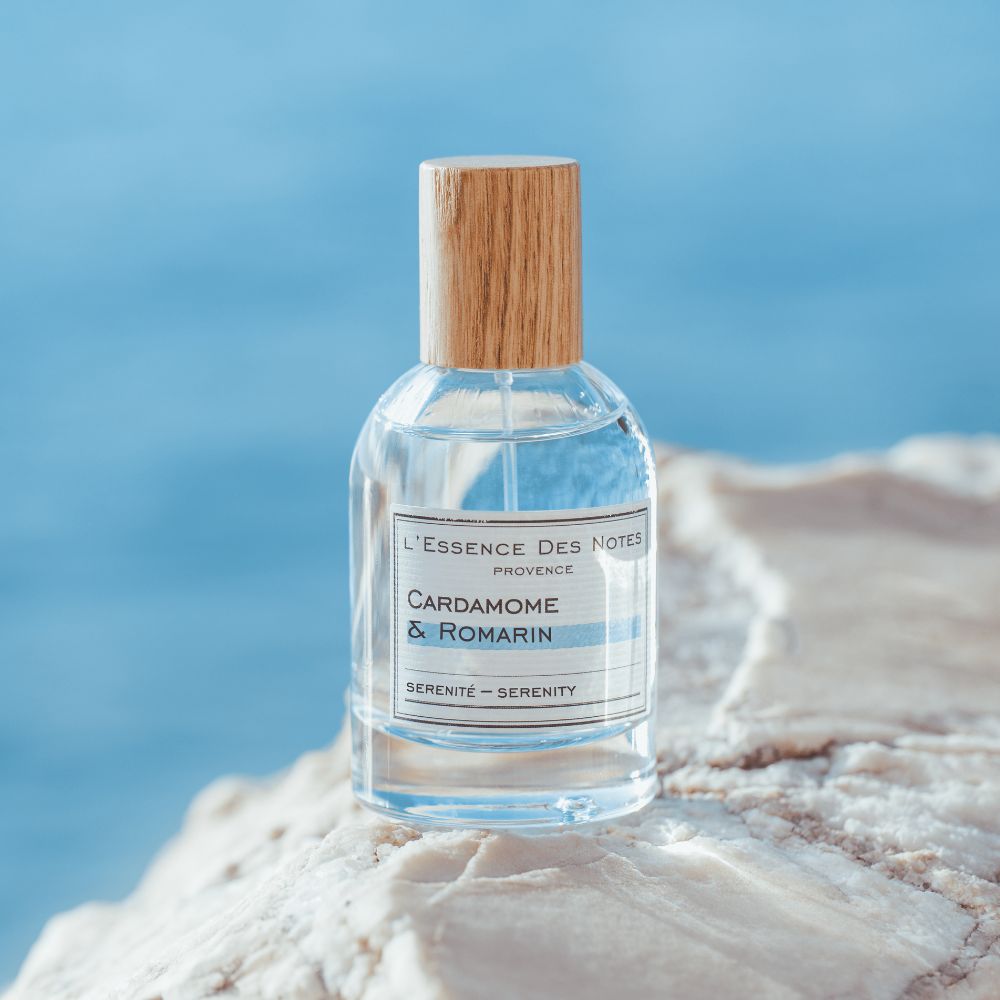Applying your perfume is a routine daily gesture. For lovers of scents, these musky, fruity or even woody fragrances represent a second skin. But do you really know the manufacturing secrets of your perfume bottle? The perfume industry is redoubling its ingenuity to surprise our olfactory sensations. Let's learn together the process of making a perfume during an article.
Raw materials
In the same way as cosmetic products, raw materials are at the origin of the composition of a perfume. The raw materials used by perfumers include fruits and flowers.
Perfumery uses a wide variety of floral species. Some flowers require specific treatment because of their fragility. This is the case, for example, of jasmine and rose.
For their part, the fruits also occupy an important dish. Citrus fruits are among the most popular fruits. Perfumers exploit their bark in particular.
In addition to flowers and fruits, some perfumes also use woody and spicy materials. They come from the exploitation of the bark of trees and spices like cinnamon and ginger.
Raw materials of animal origin also enter into the composition of a perfume. They are used for base notes. Perfumers exploit in particular musk, an odorous secretion present in male perfumes.
In addition, synthetic raw materials make up some perfumes. Odors come from chemical molecules concocted in laboratories. Synthetic odors can be a reproduction of natural odors or an invention of a new scent. Currently, a perfume contains up to 90% synthetic odors.
Methods of making perfume
In the case of a natural perfume, the exploitation of the raw materials is carried out in two ways, namely extraction and distillation.
Distillation refers to a process of extracting perfume through the use of water vapor in a still. Imagine the still as a giant steel tank fitted with serpentine pipes. This container accommodates the plants as well as a large quantity of water: 5 to 10 times their volume.
The still is then subjected to pressure in order to boil the water and produce steam which carries with it the smell of the plants. The steam then passes through the coil. When it cools, this vapor becomes an essential oil. This process is used in particular for the extraction of ylang-ylang.
Extraction is defined as the infusion of raw materials in a mixture of water and solvent. The process takes place at 60°C. Before, perfumers used oil as a solvent. Currently, they favor volatile solvents such as carbon dioxide, methanol or even ethanol.
The infusion produces an evaporation which leads to obtaining the "concrete". The latter is mixed with the alcohol in order to remove the oily part. At the end of this process, we obtain the absolute.
The choice of solvent depends on the plant used. Thus, carbon dioxide is favored for the extraction of low-odor materials such as spices and bark.
Absolute is often used in perfumery as a base note while essential oils act as top notes.
The nose
Despite technological progress, perfumery cannot be separated from human know-how. Indeed, great perfumes all result from the hard work and inventiveness of great noses. The term “nose” designates here the professional whose mission is to invent a new fragrance.
These experts have an extraordinary sense of smell. To do this job, a great nose must memorize thousands of smells. Your games of odors in family seem very ridiculous compared to their profession.
Did you know that a nose has four times more ability to identify an odor than a normal person? This unique ability makes them real conductors in the creation and composition of the greatest perfumes such as Thé Vert.
The major notes
The perfumer creates a perfume like a musician composes notes. However, perfumery identifies only three types of notes: the top note, the heart note and finally the base note.
This delicate scent that you smell on the first vaporization is the top note. This fleeting scent is then reinforced so that the sense of smell can smell it for four to six hours. You owe this tenacity of your perfume to the heart note. These notes generally come from floral essences such as lily of the valley.
Finally, the base note represents the base of your perfume. We owe him that smell that soaks into the skin, the one that reinforces your sensual side, etc. The base note has a persistence of about 24 hours. It often involves the use of more powerful scents such as musk or sandalwood. Some perfumers use very strong aromas such as vanilla or mint.
Manufacturing on an industrial scale
Once the raw material has been transformed into perfume, then comes industrial production. This step involves mixing gasoline with alcohol. This component determines the type of product produced.
The fragrance belongs to the range that registers the low presence of alcohol. Then there is the eau de parfum and the eau de toilette. These two have a concentration rate between 10 to 20%. Finally, cologne has the lowest rate of perfume concentration. However, it is also composed of water.
The perfumes are obtained from the mixture of essential oils and alcohol in stainless steel tanks. When the juice is macerated, you can find them in your usual bottles.
Some interesting figures on the manufacture of perfume
Did you know that to get one kilogram of essential oil you need at least 3 tons of rose petals? For one kilogram of lavender oil, you need 200 kg of flowers.
Furthermore, lily of the valley is one of the few flowers that cannot be extracted. The smell of lily of the valley that you smell in your perfumes is of synthetic origin. Conversely, laboratories have not yet found the recipe to reproduce the smell of patchouli.
35% of perfumes in perfumeries contain musk. This smell is particularly present in men's perfumes. In the past, musk was of animal origin, that is, from the male deer. Today, perfumers manage to reproduce the smell in the laboratory.
Perfumers have a vast repertoire of natural ingredients, more than 400, and synthetic molecules, more than 3,000.







